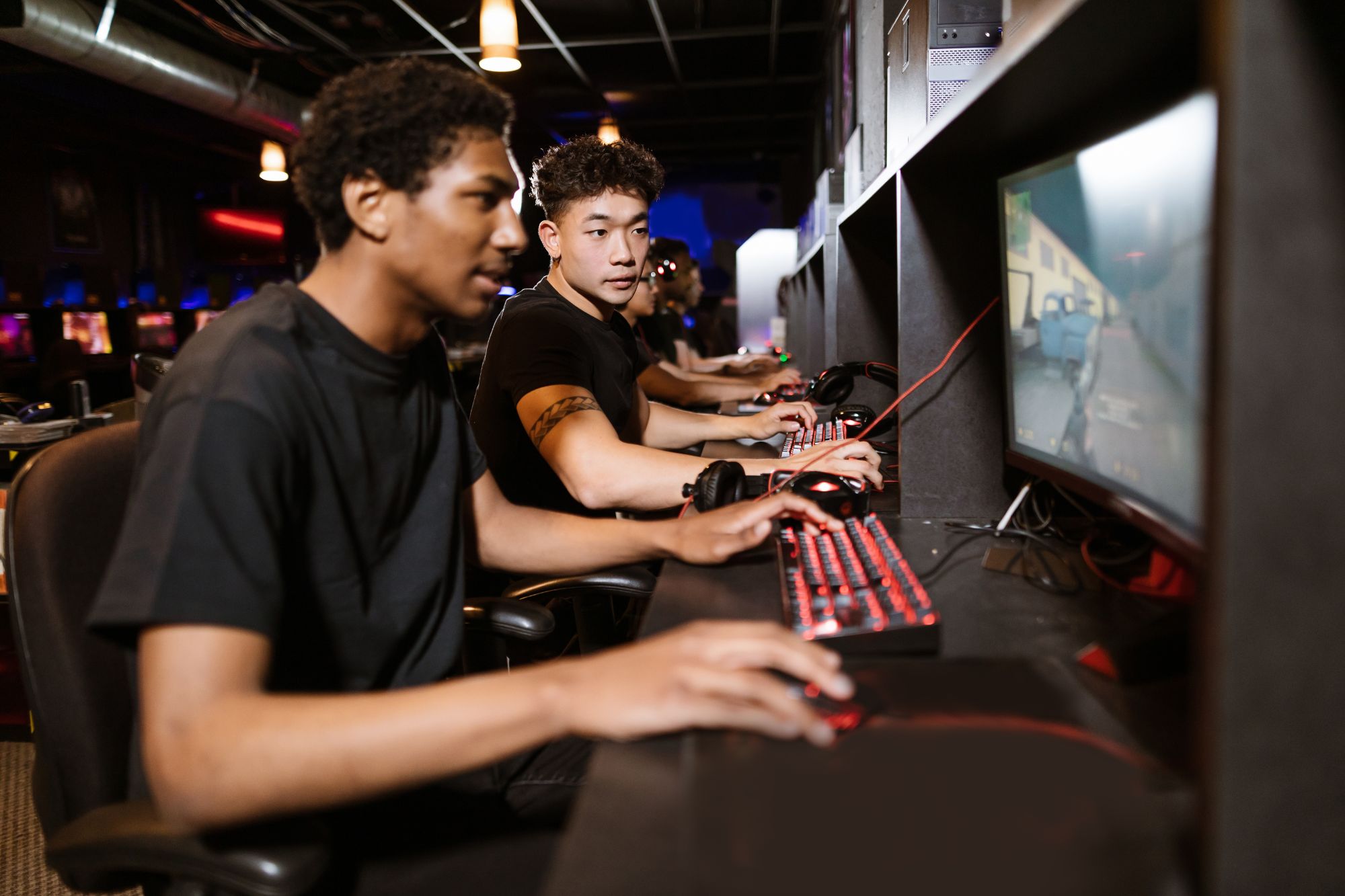
The Art of Video Game Design: From Concept to Creation
Video games have become an incredibly popular form of entertainment, with the video game industry generating billions of dollars in revenue each year. But have you ever stopped to think about the creative process of making a video game? From the initial concept to the final product, countless hours of hard work and creative vision go into creating a successful video game. In this article, we’ll explore the art of video game design and look at how video games are made from concept to creation.
Conceptualizing the Game Idea
The first step in creating a video game is developing the game concept. This is where the game designer determines what type of game they want to create, its story, characters, and overall game mechanics. The designer will also consider the target audience and what they seek in a video game.
Design Document and Prototyping
Once the concept is finalized, the designer will create a design document that outlines the game’s details, including the gameplay mechanics, story, characters, level design, and more. This document serves as a guide for the rest of the development team. From there, the team will create a prototype of the game, which is a basic version of the game that can be played to test the game mechanics and identify any issues or bugs.
Art and Graphics Design
While the prototype is being tested, the art and graphics team will begin to design the game’s visual elements. This includes creating character designs, environments, animations, and special effects. The art and graphics team will work collaboratively with the game designer to make sure that the game’s visual elements match the game’s overall vision and style.
Programming and Development
Once the game mechanics and visual elements are finalized, the development team will begin programming the game. This involves coding the game mechanics, designing the levels, and creating the user interface. The programming and development stage is often the longest and most complex stage of game design, as it involves numerous iterations and testing to ensure the game is functioning properly.
Testing and Debugging
After the game is programmed, it’s time for extensive testing and debugging. This involves repeatedly playing the game to identify glitches, bugs, or other issues that need fixing. Testing is an essential part of the game design process, as it ensures that the game functions properly and is enjoyable for players.
Launch and Post-Launch Support
Once the game has been thoroughly tested and all issues have been resolved, it’s time to launch it. This involves marketing the game, releasing it on various platforms, and generating buzz about the game through social media and other marketing channels. After the game is launched, the development team will continue to provide support and updates to ensure it remains relevant and enjoyable for players.
Conclusion
In conclusion, video game design is a complex and multi-faceted process involving a wide range of creative and technical skills. From conceptualizing the game idea to testing and debugging the final product, video game design is a labor-intensive process that requires dedication, passion, and attention to detail. But when done right, the end result is a thrilling and immersive gaming experience that can entertain and engage players for hours on end.


